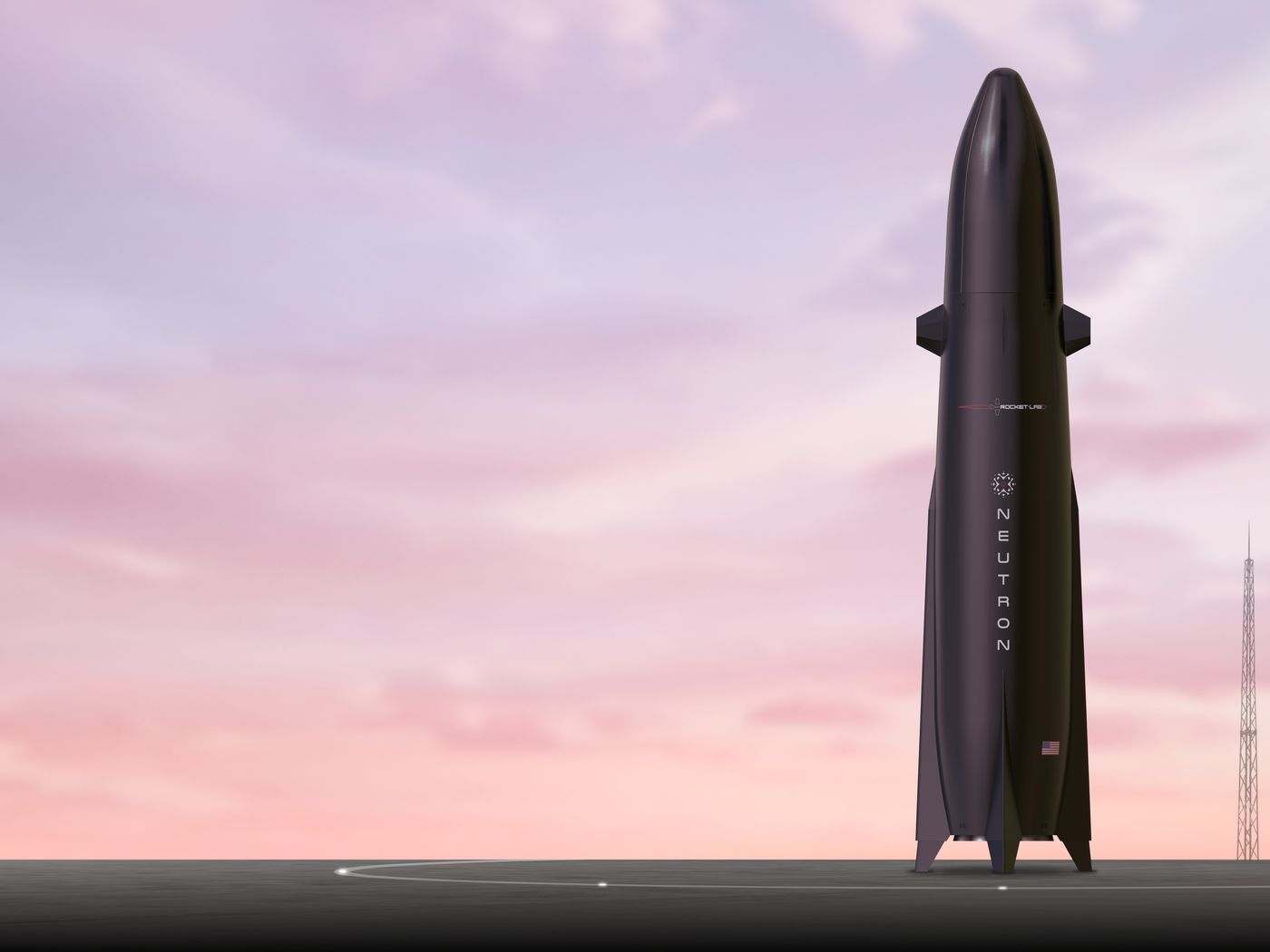Putting satellites, weight, and astronauts into space is an precious proposition. As a result, all the private companies working with NASA are trying to exercise some of the rocket tackle to help reduce the cost of launches. SpaceX is the best- known company in the private space assiduity, with its Falcon 9 rockets being routinely reused. While SpaceX may be the best known, it’s clearly not the only private company working to put satellites and other weight into route as efficiently and cheaply as possible.
Via Rocket Lab
One of those companies is Rocket Lab, and it lately participated details on its Neutron launch vehicle’s advanced armature. The company participated details on the Neutron vehicle via a virtual event streamed via YouTube before this month. The Neutron launch vehicle builds on the company’s experience exercising its Electron launch vehicle Rocket Lab points out that its Electron launch vehicle is the alternate most constantly launched rocket in the US annually since 2019. The Neutron launch vehicle is an eight-ton cargo class rocket designed to give cost-effective and dependable launch services for satellitemega-constellations, mortal spaceflight, and deep space operations. Rocket Lab author and CEO Peter Beck says Neutron is n’t a conventional rocket.
Back says Neutron is a “ new strain” of launch vehicle with bettered trustability, reusability, and cost reduction as part of its design from the morning. Beck went on to say further than 80 percent of satellites that will be launched in the coming ten times will be part of constellations. A constellation of satellites could have thousands of individual satellites designed to give complete content of the entire world. One of the biggest constellations of satellites in route moment is the SpaceX Starlink constellation designed to give broadband to the entire earth Rocket Lab says that the Neutron rocket is sized for request demand and to be suitable to launch snappily, affordably, and constantly. One of the more intriguing aspects of the rocket’s design is that it’ll be the world’s first carbon compound large launch vehicle. The Electron rocket was the first orbital rocket to use carbon compound and has operated constantly and reliably to place small satellites into route since 2018.
For Neutron, Rocket Lab uses a new especially formulated carbon compound material designed to be featherlight, strong, and survive immense heat and other forces related to launch and reentry. The carbon compound structure of the rocket is erected using an automated fiber placement system able of erecting measures of carbon rocket shell in twinkles One thing that private space companies agree on is that reusability is crucial to affordable launches. The capability to launch, land, and launch again was ignited into all aspects of the Neutron design from the morning. The rocket has a shape that features a phased rocket paired with a wide base furnishing a stable base for wharf, so the rocket does n’t need legs complicated mechanisms supporting wharf.
An intriguing aspect of the rocket’s design is that the structure is balanced enough that it does n’t need big launch point structure like launch halls. Neutron can stand on its own for takeoff, and formerly in space, the alternate stage will emplace while the first stage returns to Earth to land the launch point. Rocket Lab says its launch and recovery system eliminates the need for any wharf platforms in the ocean. That’s a poke directly at SpaceX, which generally recovers its first stage rockets using independent drone vessels in the ocean Rocket Lab also offered some details on the Archimedes rocket machine designed and manufactured in- house. Archimedes is a applicable liquid oxygen/ methane gas creator cycle machine that can induce 1 meganewton of thrust and 320 seconds of ISP. Neutron’s first stage will use seven Archimedes machines, with the alternate stage powered by a single vacuum optimized Archimedes machine.
Another intriguing design choice Rocket Lab made was designing the donation dubbed the “ Empty Hippo” design. The design eliminates the need to replace the donation for each charge. By comparison, SpaceX tries to capture its gifts and exercise them, but it’s not always successful. The Hungry Hippo fairing design has jaws that open wide to release the alternate stage and cargo The donation also closes again for the first stage to return to Earth. Rocket Lab says its design will increase launch frequence and exclude precious and unreliable styles of landing gifts at ocean. Since the alternate stage is fully enclosed within a donation, the stage was designed to be the lightest alternate stage in history. The alternate stage is part of the launch vehicle surface and structure with utmost rockets.
By designing the rocket to house the alternate stage fully inside the donation, it does n’t need the same strength needed of alternate stages exposed to harsh surroundings at takeoff. This allows the alternate stage to be important lighter, furnishing advanced performance formerly in space. Presently, the alternate stage is expendable. It measures six measures long and is made from a carbon compound structure powered by a single vacuum optimized Archimedes machine Rocket Lab is presently going through a competitive process to choose a launch point, rocket product installation, and Archimedes machine test installation nearly on the East Coast of the United States. The company will produce 250 jobs to support the Neutron program.
